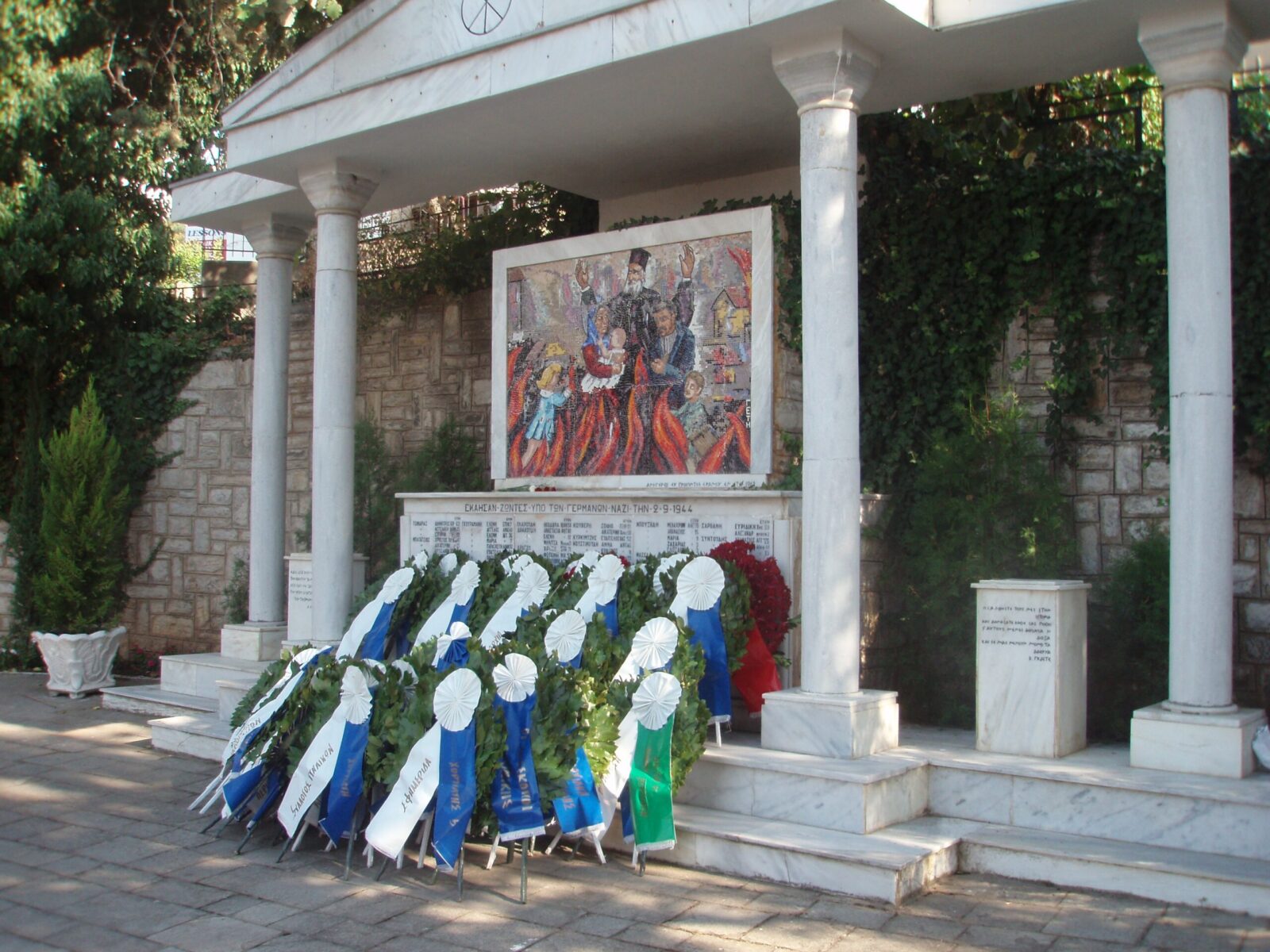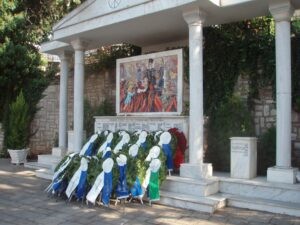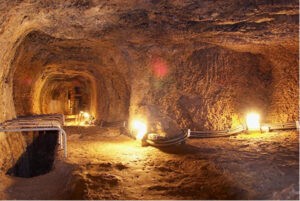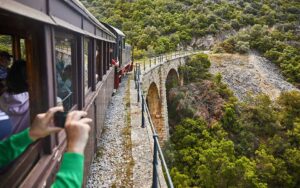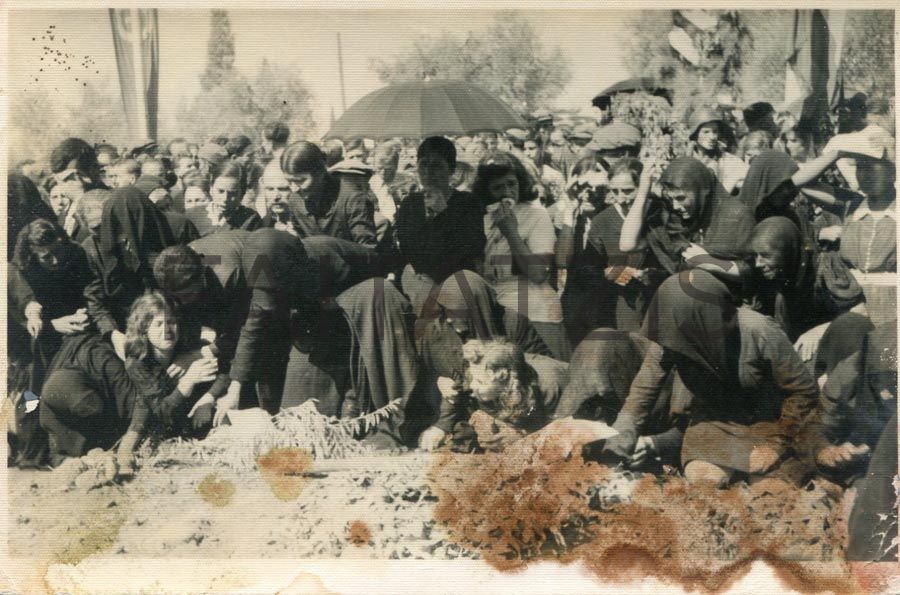
Nestled high in the rugged mountains of the northern Peloponnese, the village of Kalavryta is much more than a scenic mountain town. It is a place where history and memory intertwine in a profoundly emotional way. Known widely as a martyr village, Kalavryta’s identity is deeply tied to the tragic events of World War II, where it became the site of one of the most brutal massacres carried out by Nazi forces in Greece. Exploring the Kalavryta massacre history reveals a story of devastation, resilience, and enduring remembrance that continues to echo through the generations.
The Historical Background of Kalavryta: A Center of Greek Resistance and Culture
Kalavryta has a rich history dating back centuries, with its origins tracing to medieval times. The village’s strategic location atop the mountainous terrain overlooking the Vouraikos Gorge made it a natural refuge and stronghold during times of conflict. Beyond its breathtaking landscape and traditional stone architecture, Kalavryta has long been celebrated for its vibrant cultural heritage and religious significance, housing important monasteries such as the Mega Spileo Monastery nearby.
This mountainous village was a hub of resistance during the Axis occupation of Greece from 1941 to 1944. Local partisans and civilians alike engaged in guerrilla warfare against the occupying forces, striving to protect their homeland and way of life. Their courageous actions, however, provoked severe reprisals.
The Tragic Events of the Kalavryta Massacre
The Kalavryta massacre history centers on the horrific events that unfolded on December 13, 1943. In response to persistent resistance by Greek partisans in the area, the German 117th Jäger Division launched a brutal punitive operation against the village and its inhabitants. The operation was marked by a systematic and merciless campaign of destruction and killing.
On that grim day, German troops rounded up the entire male population of Kalavryta — including men and teenage boys — under the pretext of questioning. Instead, the soldiers executed nearly 700 males in cold blood on the nearby mountainside, sparing only a few who managed to survive by feigning death or escaping. The village itself was then set ablaze, with homes, schools, churches, and public buildings reduced to ashes.
This act of barbarity left a permanent wound in the collective memory of Kalavryta and Greece as a whole. It stands as one of the darkest chapters of the Nazi occupation, a stark example of the inhumanity of war and the suffering inflicted on innocent civilians.
The Aftermath and Lasting Legacy
The massacre had a profound impact not only on the survivors and families of the victims but also on the national consciousness of Greece. The tragedy of Kalavryta became a symbol of sacrifice and resistance, embodying the costs of occupation and the resilience of the Greek people. Commemorations take place annually, drawing visitors and descendants who honor the memory of those lost and vow never to forget.
The Kalavryta massacre history also serves as a crucial reminder for peace and reconciliation. In 2000, the German government officially expressed remorse for the massacre, a gesture that, while unable to undo the damage, has helped foster a dialogue of healing.
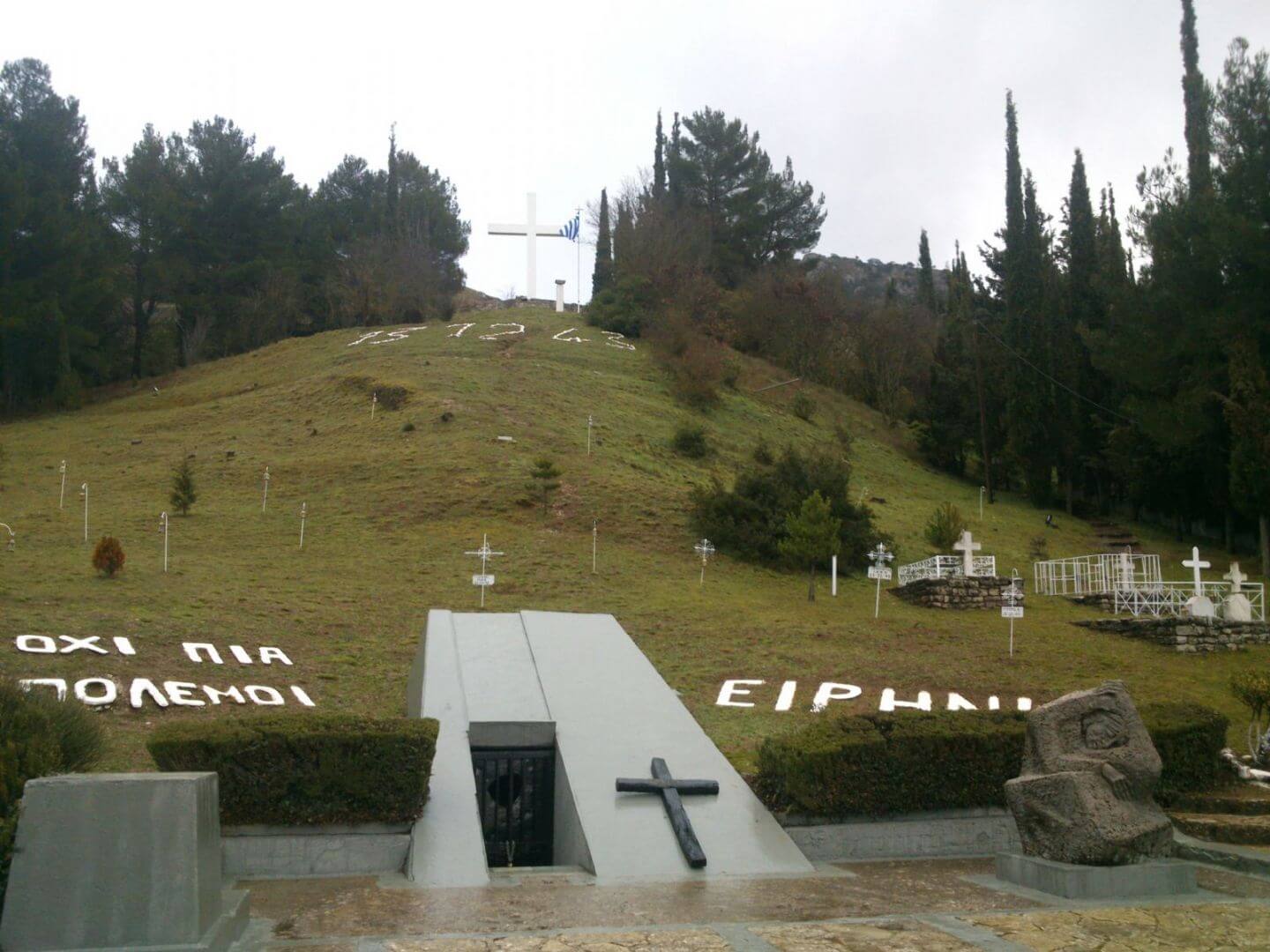
Memorials and Museums: Guardians of Memory
To preserve this painful but important history, Kalavryta hosts several memorials and museums dedicated to the massacre and the broader struggle against occupation. The Memorial of the Kalavryta Massacre, situated at the site where the executions occurred, is a somber monument that invites reflection and respect.
Nearby, the Museum of the Kalavryta Holocaust provides a detailed account of the events through photographs, personal testimonies, and artifacts. It offers visitors a chance to understand the human stories behind the historical facts, giving voice to the victims and survivors. For those seeking more information about these sites and their significance, the Hellenic Ministry of Culture and Sports provides comprehensive resources.
These memorials not only honor the past but also educate future generations about the consequences of hatred and war, encouraging vigilance against the forces that lead to such atrocities.
Kalavryta Today: Balancing Memory with Life
Despite its tragic past, Kalavryta is far from a place frozen in sorrow. It is a thriving mountain community that embraces both its historical significance and its vibrant present. Known for its traditional festivals, local cuisine, and friendly atmosphere, Kalavryta welcomes tourists year-round.
Outdoor enthusiasts are drawn to the area for its stunning natural beauty — the Vouraikos Gorge and the nearby Helmos mountain provide excellent hiking trails, while the Kalavryta Ski Center attracts winter sports lovers. These aspects highlight how the village continues to grow and prosper while respectfully honoring its history.
For many visitors, understanding the Kalavryta massacre history enriches the experience, turning a simple trip into a meaningful journey through time. Kalavryta’s story is a powerful testament to human endurance and the importance of remembering even the darkest moments to shape a better future.
Planning Your Visit: How to Experience Kalavryta’s History
For those interested in exploring Kalavryta’s historical sites, several tour operators offer specialized guided trips focusing on the WWII history and cultural heritage. The tours often include visits to the massacre memorial, the Holocaust museum, and the scenic natural landmarks around the village.
Visitors can access Kalavryta by car or train, with the famous Odontotos rack railway providing a scenic route through the mountains from Diakopto. To find detailed travel advice and accommodation options, the Greek National Tourism Organization offers valuable and up-to-date information.
FAQ about Kalavryta Massacre History
Q1: When did the Kalavryta massacre take place?
A1: The massacre occurred on December 13, 1943, during the German occupation of Greece in World War II.
Q2: Why was Kalavryta targeted by German forces?
A2: Kalavryta was targeted as retaliation for active Greek partisan resistance in the surrounding area.
Q3: How many people were killed during the Kalavryta massacre?
A3: Approximately 700 males — men and teenage boys — were executed by German troops.
Q4: Are there any memorials or museums dedicated to the massacre?
A4: Yes, the Memorial of the Kalavryta Massacre and the Museum of the Kalavryta Holocaust commemorate the victims and educate visitors.
Q5: What can visitors do to learn more about the Kalavryta massacre history?
A5: Visitors can take guided tours, visit the memorials and museums, and consult resources provided by official Greek cultural institutions.
Q6: Has there been any official recognition or apology for the massacre?
A6: In 2000, the German government officially expressed regret over the massacre, fostering reconciliation efforts.


